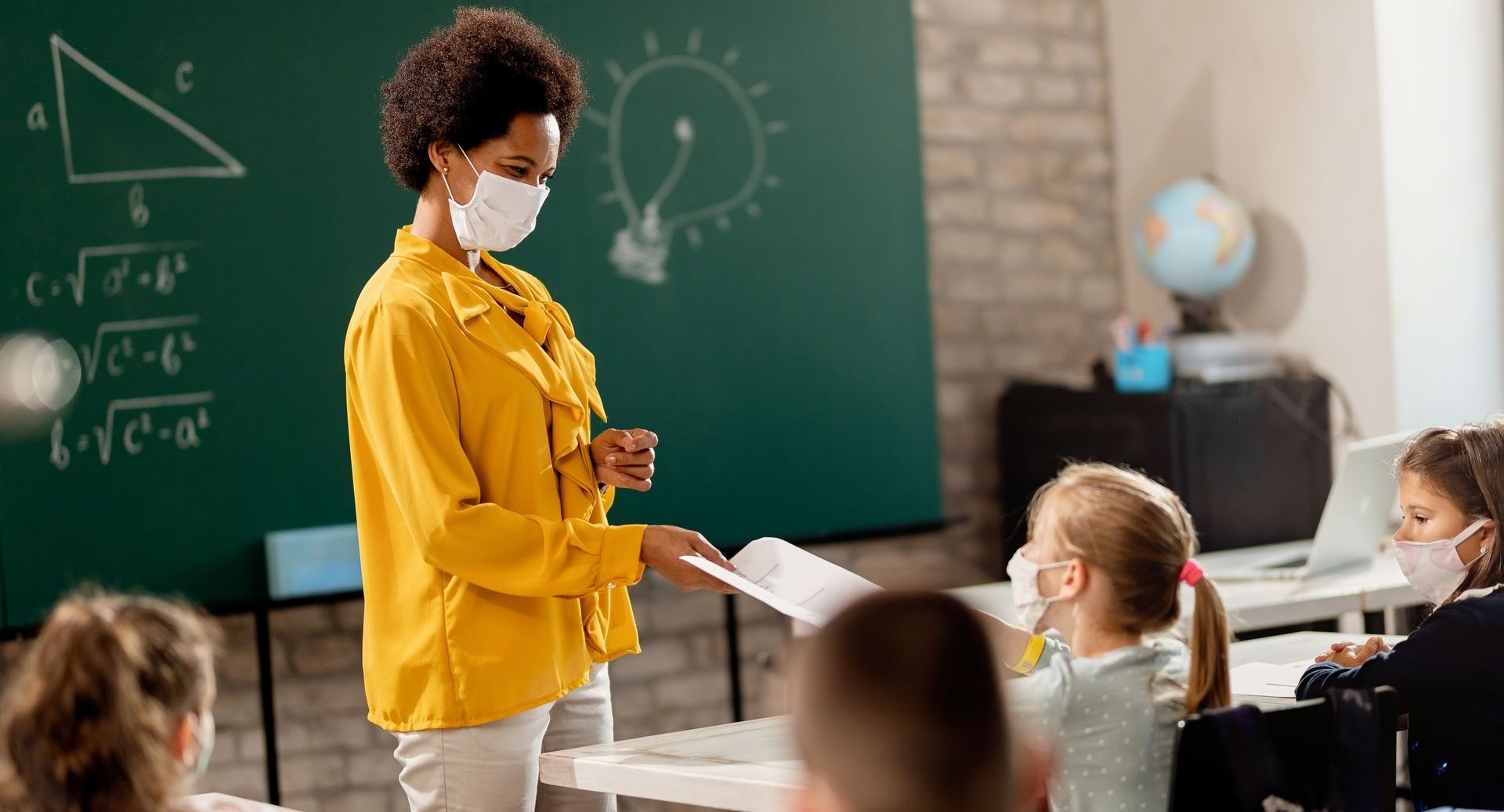Student Insights
April 24, 2023

Utilizing Student Insights to Support Educational Goals
As educators, one of our primary goals is to ensure that our students are receiving the highest quality education possible. One way to accomplish this is by utilizing the insights of our students to support our educational goals and objectives. By actively seeking out and incorporating students' ideas and perspectives, we can better meet their needs and create a learning environment that is engaging, relevant, and adaptable. Furthermore, this approach fosters a sense of ownership and investment in the learning process, empowering students to take an active role in their education and facilitating their growth and development as learners. As we work to improve our educational practices and outcomes, let us not overlook the valuable insights and contributions of our students.
How to Collect and Analyze Student Feedback
One of the keys to creating a more effective learning experience for students is by implementing a system for collecting and analyzing feedback. Collecting feedback allows students to express their thoughts and concerns, while analysis helps identify trends and areas of improvement. However, these methods for feedback collection and analysis must be conducted in a professional and structured manner. This can be achieved by creating surveys that are concise and well-designed, ensuring anonymity and confidentiality for students, and using clear and data-driven methods for analysis. With these tools, teachers and educators can gain valuable insights into their teaching methods and ultimately create an environment that is conducive to the success and growth of their students.
Analyzing the Impact of Technology in the Classroom on Student Engagement
As technology continues to advance, classrooms across the world are incorporating it into their curriculum. However, the extent to which it impacts student engagement and success can vary. Studies have shown that when implemented appropriately, technology can significantly increase student engagement and bolster their academic achievements. Interactive digital platforms, educational apps, and virtual simulations are just a few examples of how technology can enhance the traditional classroom experience. Furthermore, technology offers new opportunities for personalized learning which tailors to the individual needs of each student. However, educators must remain aware of potential drawbacks, such as overreliance on technology and distraction. When used correctly, technology offers an innovative and effective approach to education that has the potential to revolutionize the classroom experience.
Common Challenges Faced by Students, Educators, and Counselors
In the field of education, there are numerous challenges that educators, students, and counselors face every day. For educators, managing a classroom filled with students of varying abilities can be a logistical nightmare. They must balance a range of activities, from lesson planning to grading, while also dealing with the emotional and behavioral needs of their students. Students must navigate a complex social environment that can often be stressful, and they are also expected to be academically successful. Lastly, counselors carry a heavy responsibility as they strive to support students through personal issues and provide guidance for their future. These challenges can be demanding and require professional expertise, patience, and a willingness to adapt to evolving circumstances. Through teamwork and communication, educators, students, and counselors can come together to overcome any obstacle and create a positive learning environment.
Strategies for Better Communication Between Students and Teachers
Effective communication is crucial in any relationship, especially so between teachers and students. Teachers play a crucial role in the academic and personal development of students, and good communication is critical to ensuring a positive learning environment. To improve communication between students and teachers, it's vital to establish clear expectations and guidelines at the beginning of the school year. Teachers should encourage open and honest dialogue, and students should be given ample opportunities to ask questions and receive feedback. Additionally, active listening and empathy are key components of effective communication. By adopting these strategies, both students and teachers can feel heard and valued, which will ultimately create a more positive and productive learning experience.
In conclusion, by utilizing student insights and feedback, both educators and students can create a more successful learning environment. From analyzing the impact of technology on student engagement to common challenges faced by all parties involved to the strategies for improved communication between teachers and students - understanding the needs of our learners is paramount in building an effective learning experience. Moreover, creating an atmosphere of trust and collaboration is vital to successful learning outcomes. As leaders in education, we need to find new ways to incorporate student feedback into our decision-making process and prioritize safety through better communication. By working together, we can continue to build educational communities that promote growth and learning while providing a safe environment for all involved.
"Building Career Identity: How Students Discover Their Purpose Through Real-World Experience" emphasizes the importance of developing a career identity in today's dynamic job market. It highlights that career identity is an evolving sense of self, shaped by experiences, skills, and aspirations, rather than a fixed job title. The book argues that real-world experiences, such as project-based learning, internships, and community engagement, are crucial for students to discover their strengths and passions. Early exposure to these experiences helps students from diverse backgrounds overcome stereotypes and systemic barriers, fostering confidence and agency. The book advocates for schools and communities to support career exploration through reflective practices, mentorship, and equitable access to opportunities, empowering students to navigate their career journeys with resilience and adaptability.
The article discusses a shift from traditional tech hub models to talent economies in urban development. Historically, cities focused on attracting large corporations, leading to economic fragility and inequality. Talent economies, however, emphasize nurturing local human potential through education, entrepreneurship, and inclusivity. This approach involves integrating career-connected learning in schools, supporting small businesses, and addressing systemic inequities. Cities that prioritize talent economies gain resilience, attract ethical investments, and foster civic vitality. The future of urban success lies in unlocking human potential, making talent economies essential for sustainable and equitable growth.
